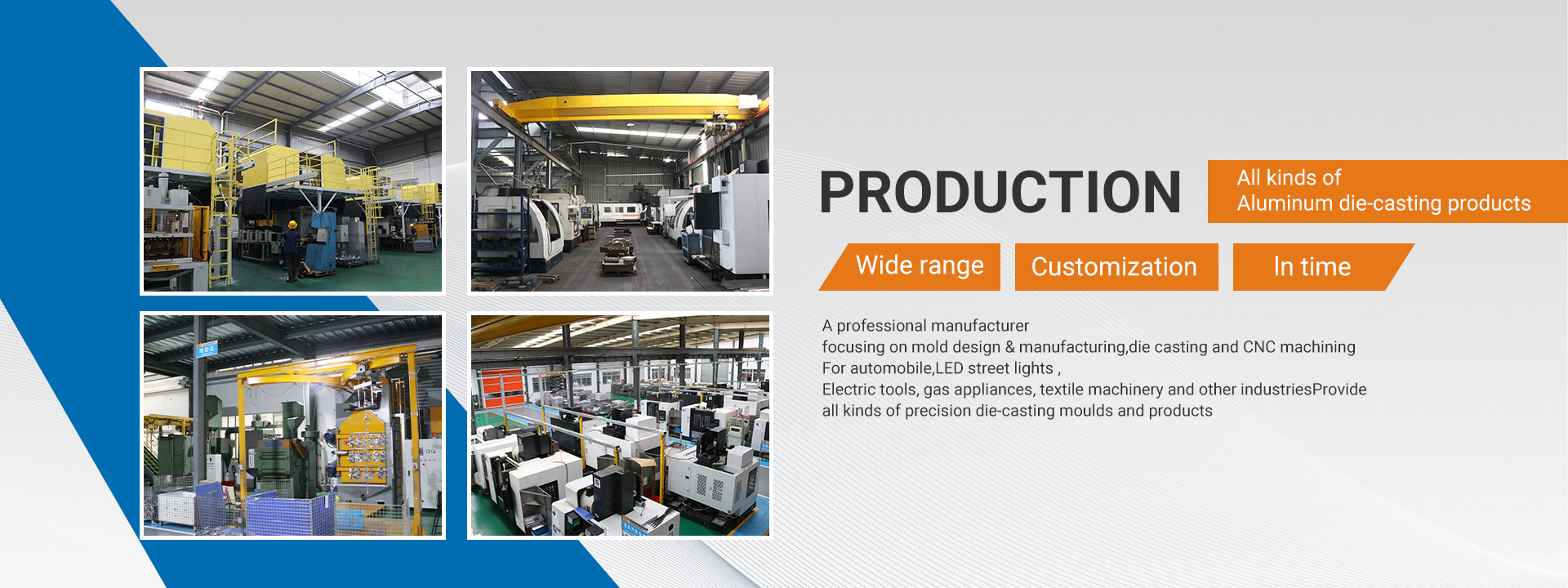The processing of die casting die forming parts often requires multiple processes, and there are multiple clamping and positioning operations between different processes, and the conversion of clamping datum often introduces large errors.
Without considering compensation error, the machining error of parts includes four elements: machine positioning error; Machine tool repeated positioning error; Non coincidence error of reference; Measurement instrument reading error.
Among them, the positioning error of the machine tool and the repeated positioning error of the machine tool are errors caused by the accuracy of the machine tool itself, which become smaller and smaller as the accuracy of the machine tool itself improves. The re clamping should refer to the reference plane of the previous clamping, and it depends on the geometric accuracy of the reference plane itself used.
The non coincidence error of the reference surface is related to the error of the reference surface during part design and machining process design, such as surface roughness and profile, parallelism or perpendicularity. The misalignment error of the reference surfaces is related to the resolution of the measuring instruments used by the operator when utilizing these reference surfaces, as well as the standardization of the operation.
There is data indicating that the proportion of error caused by benchmark misalignment is 80%, and the proportion is increasing as the accuracy of the machine tool improves.
Method for controlling benchmark misalignment error:
1. The setting of benchmarks during the mold design stage should ensure the reliability and uniqueness of the benchmarks as much as possible;
2. Processing process setting requirements: Minimize process Z to avoid clamping errors caused by different processes; Part matching processing to eliminate the cumulative error effect of assembly dimension chain; During the machining process, the benchmark comes first;
3. During benchmark machining, closed-loop control must be implemented, using actual size measurement and control as feedback to implement closed-loop machining.
Considering the four basic elements of die-casting mold processing, it can be more proficient in processing control.
For more information on the die-casting mold industry, please follow Fenda Mold
Post time: Oct-17-2023



